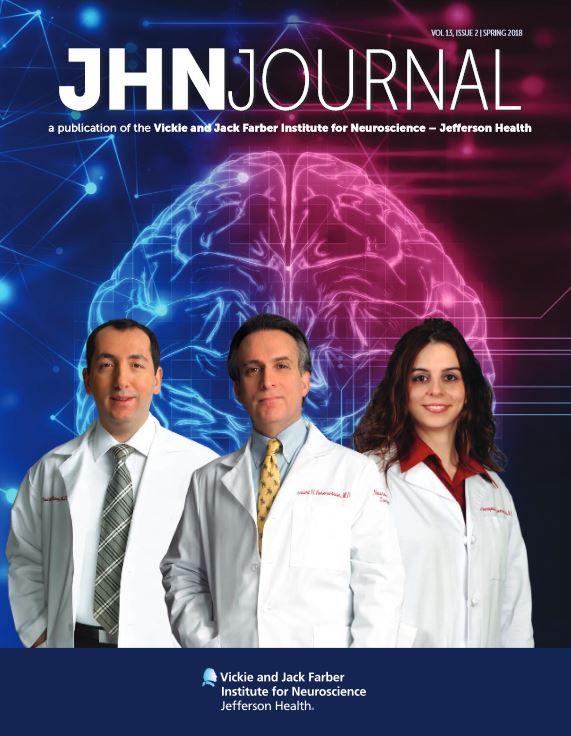Article Title
A Case Report and Overview of Familial Cerebral Cavernous Malformation Pathogenesis in an Adult Patient
Abstract
OBJECTIVE
We present a case of a 39 year-old woman who presented with a solitary cavernous malformation hemorrhage without any other lesions, and subsequently presented several months later with a new hemorrhage from a de novo lesion. We discuss mechanisms of paradominant inheritance and haploinsufficiency to describe phenotype expression of familial cavernous malformations.
CASE DESCRIPTION
The patient presented with unremitting headaches, who had a known history of a solitary cerebral cavernous malformation (CCM) for which she underwent resection several months prior with no evidence of any other CCM lesions seen on post-operative MRI. She has no history of whole brain radiation, family history of cavernous malformations, or prior head trauma. During this hospital visit, she was found to have develop two new lesions in the left fronto-parietal lobe and cerebellum. She was treated with surgical resection of the left frontoparietal lesion, and recovered fully. It is of interest that a patient approaching her fourth decade of life would start to develop formation of multiple de novo cavernous malformations, especially with an absent family history. Paradominant Inheritance and haploinsufficiency are two proposed models of inheritance that can be related to this patient’s disease progression.
CONCLUSION
The case illustrates an atypical clinical course of a patient with familial
Recommended Citation
Arul, BS, Manu K.; Khanna, Omaditya; and Gooch, MD, Michael R.
(2018)
"A Case Report and Overview of Familial Cerebral Cavernous Malformation Pathogenesis in an Adult Patient,"
JHN Journal: Vol. 13:
Iss.
2, Article 3.
DOI: https://doi.org/10.29046/JHNJ.013.2.003
Available at:
https://jdc.jefferson.edu/jhnj/vol13/iss2/3

